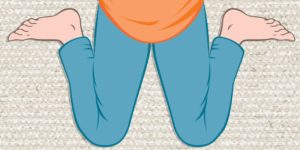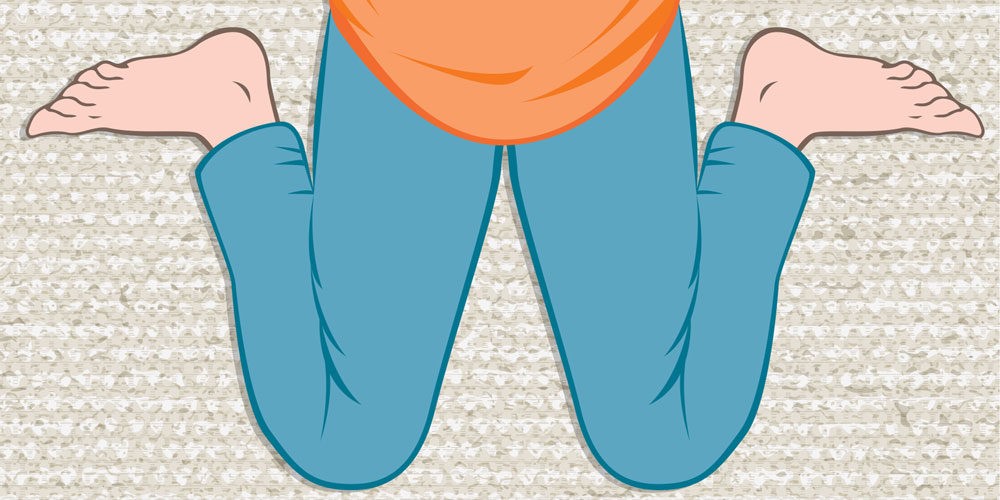Is it Normal for My Child’s Toes to Point In or Point Out?
by MayAnne Belcina, Student Physical Therapist
My Child Walks With Their Toes In or Out
Do your child’s toes point in or point out? This is called in-toeing and out-toeing. If a child in-toes, they typically have more range of motion with hip internal rotation. If a child out-toes, they typically have more range of motion with hip external rotation. Both are fairly common in children because a child’s leg alignment constantly changes.
Sometimes these walking patterns are associated with weakness in a child’s hip and core, but as the child grows and these muscle groups get stronger, the child’s walking pattern improves to be more efficient. By 8 years old, hip range of motion typically evens out and children stop in-toeing or out-toeing on their own.
My Child Sits in a W-Position
You may have noticed that a child who in-toes while walking also likes to w-sit. A w-sit position may increase a child’s risk for falls or pain, especially as they grow. By using a w-sit position, a child is able to avoid activating their hip and core muscles. Weakness in their hips and core ultimately decreases their stability, which they need for things like walking, running and jumping— essentially all things a child should be doing.
 If your child likes w-sitting, they will likely need cues to avoid this position so it does not become a habit. Some other sitting positions to practice include: crisscross-applesauce, side sitting, long sitting, butterfly sitting, and sitting in a chair. By using these sitting positions instead of w-sitting, a child is able to naturally strengthen their hips and core. When a child strengthens their hips and core, they are able to work towards improving their walking pattern.
If your child likes w-sitting, they will likely need cues to avoid this position so it does not become a habit. Some other sitting positions to practice include: crisscross-applesauce, side sitting, long sitting, butterfly sitting, and sitting in a chair. By using these sitting positions instead of w-sitting, a child is able to naturally strengthen their hips and core. When a child strengthens their hips and core, they are able to work towards improving their walking pattern.
Whether or not a child needs physical therapy to address their walking pattern depends on the severity of the rotation and the effect on their mobility. During a physical therapy evaluation, the therapist will measure how much excessive rotation there is and if the excessive rotation stems from a child’s hip, leg, or foot. In addition, a physical therapist will assess a child’s hip and core strength to see if there may be a relationship between muscle strength and walking pattern. A physical therapist will also observe a child’s gross motor skills to see if their strength or walking pattern is affecting their ability to play.
If you are concerned about your child’s development or their walking pattern, ask your healthcare provider for a referral for a physical therapy evaluation. As pediatric physical therapists at Kids Place Pediatric Therapy, we are here to help children get stronger to safely navigate their environment and play with their peers.







